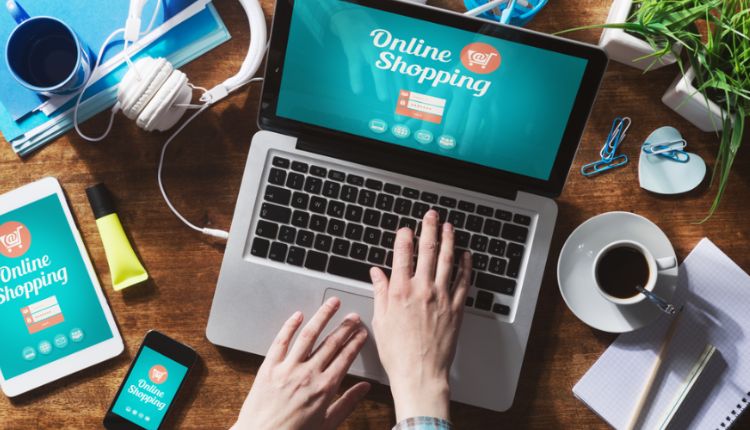You click, you buy, and two days later your order’s at your door. In the U.S., Canada, Europe — that’s the norm. But Cuba? That’s a different game entirely. Navigating online shopping for Cuba isn’t just about clicking the right buttons. It’s about caution. It’s about safe digital footsteps. It’s about shipping safety and payment security. And it’s about knowing the loopholes — not dodging rules, but understanding the infrastructure that exists and how to work within it.
Cuba has strict import regulations, limited e-commerce platforms, and, let’s face it, patchy access to modern online services. Yet sending supplies, essentials, even comforts like toiletries or mobile devices is absolutely possible. But doing it safely? That’s where strategy counts.
Choose the Right Shops (And Beware of Pretenders)
First thing: not all “Cuba-friendly” stores are what they claim. A quick search online will flood you with platforms promising fast shipping to Cuba — some legit, others murky. How do you tell the difference?
Look for verified reviews. Better yet: use a tool like Scamadviser to check a website’s trust score. Avoid shopping sites that only take payment through bank transfers or obscure apps. Stick with those that offer secure payments — credit cards via Stripe or PayPal (when applicable), or even cryptocurrency for the more privacy-conscious.
Here’s a stat: according to a 2024 Global E-Commerce Trust Report, 1 in 5 international shoppers lost money due to phishing or scam delivery sites when sending packages to restricted countries like Cuba. That’s not a bug — that’s a signal. Always verify before you buy.
Use Secure Payments — Or Risk Everything
Sending funds into Cuba can be tricky. Restrictions exist, and some platforms may try to bypass them with risky methods. Don’t play that game. Instead, ensure that whatever store or service you’re using provides end-to-end encrypted payment gateways. These systems shield your financial data from interception.
Never submit debit or credit card details through unsecured websites (the kind without “https” in the URL). And remember this: secure doesn’t just mean “it worked.” Secure means you’re protected, even if the order fails.
For an extra layer of protection? Use virtual cards. Several banks and services offer one-time-use card numbers that tie to your real account but expire immediately after the transaction. It’s a wall between your identity and any digital leak.
The Shield for You and Your Recipient
Here’s where it gets crucial — and often overlooked. It’s all about security, and the most accessible user security system is a VPN. VPN apps are not just tools for streamers dodging geo-blocks. In countries like Cuba, a VeePN free VPN can mean the difference between a successful transaction and a failed login. Why VeePN? Because it doesn’t store user data, offers strong encryption, multiple servers, and the ability to connect up to 10 devices to a single account.
With VeePN, you can:
- Securely access international shops and services without location blocks
- Prevent third-party tracking of your purchase history
- Mask IP addresses to protect your payment process from interception
It also works both ways. If your recipient in Cuba needs to track a shipment or download a digital receipt from a blocked site, VeePN VPN helps them do so without drawing attention or being restricted.
And in case you’re wondering, data from the Cybersecurity Review Journal (2023) indicates that using a reliable VPN like VeePN can reduce the risk of data interception during international transactions by up to 68%. That’s not just protection — that’s empowerment.
Shipping Safety: Packaging, Partnering, and Patience
Once the item’s purchased, the next hurdle is — you guessed it — shipping. The golden rule? Partner with services that know Cuba. This usually means using courier companies with local handlers or using Cuba-specialized delivery services like CubaMax, Alawao, or Enviodinero.
Things to check:
- Does the service provide tracking from start to finish?
- Do they handle customs clearance?
- Are the items insured in case of damage or loss?
Another tip? Avoid shipping overly expensive electronics in a single box. Break large shipments into smaller parcels — this reduces suspicion at customs and lowers the risk of losing an entire package if something goes wrong.
Don’t forget about the packaging. Goods should be tightly sealed and weather-resistant. Humidity, temperature, handling — all can be harsh during transit, especially in the Caribbean climate.
The Human Side: Include, Inform, Involve
You’re not just sending objects. You’re sending care. That phone case, that medicine, that box of socks? They matter. But they’re also potential flags for customs.
Include a clear, honest inventory. Inform your recipient. Keep communication open. Share tracking links and expected arrival dates. If you’re using VeePN VPN, you can safely communicate over platforms that may be otherwise restricted in Cuba, like Messenger or WhatsApp Web.
Human errors — forgotten customs forms, missed delivery windows — cause more delays than you think. Tech helps, but awareness finishes the job.
Final Thought: Build a Safe System, Then Repeat It






